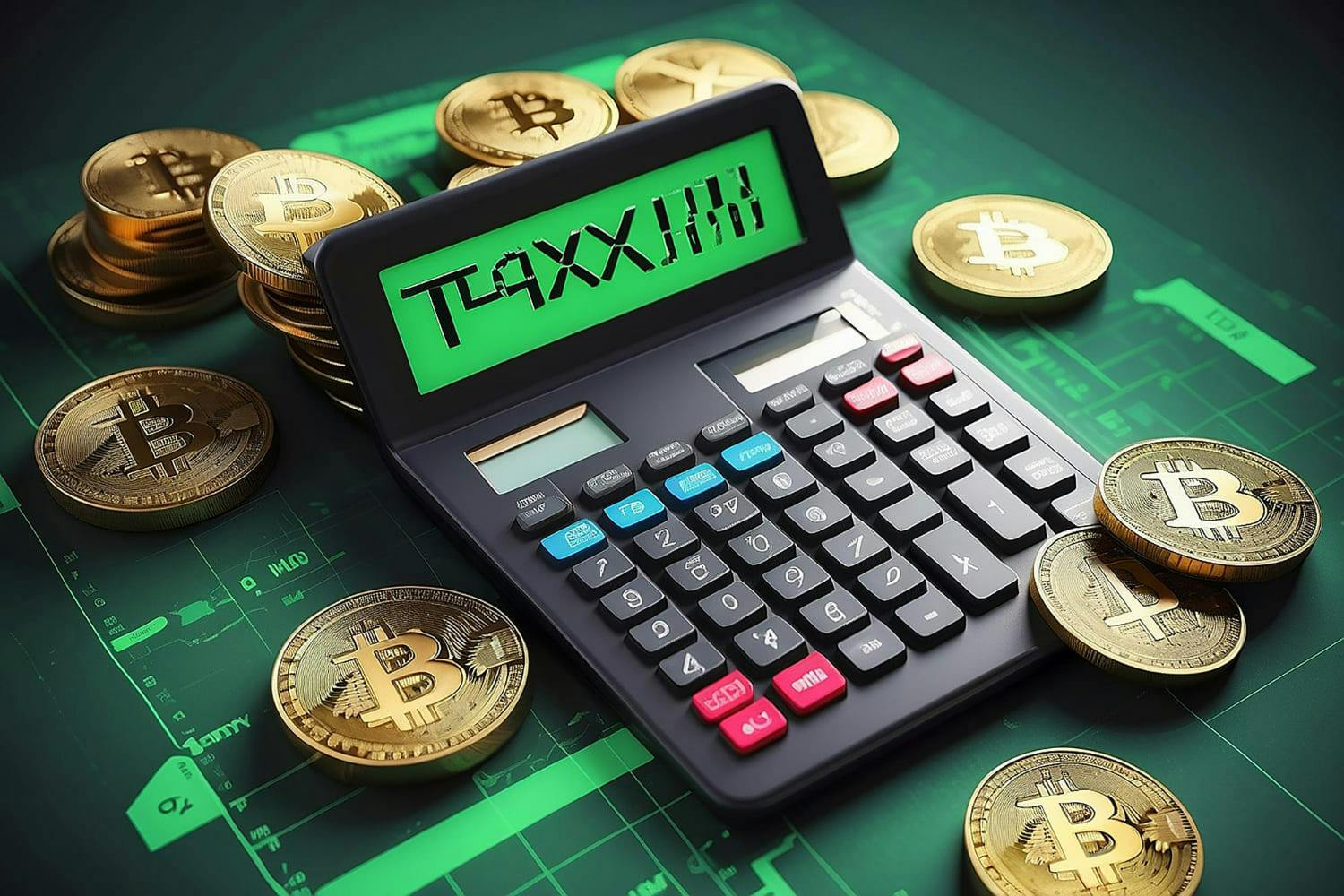On-chain vs. Off-Chain Transactions: What’s the difference 2023?
20th Oct 2023

Table of Contents
On-chain vs. Off-chain Transactions: What’s the difference?
On-Chain Transactions
Off-Chain Transactions
1. On-chain vs. Off-chain Transactions: What’s the difference?
In the world of cryptocurrencies and blockchains, there are two main types of transactions that take place – on-chain transactions and off-chain transactions. Both serve important purposes in the overall ecosystem. But what exactly is the difference between on-chain and off-chain transactions?
2. On-Chain Transactions
On-chain transactions refer to transactions that occur directly on the blockchain network. For example, if you send Bitcoin directly to someone else, that is an on-chain transaction.
Some key things to know about on-chain transactions:
They Are Recorded on the Blockchain
On-chain transactions are directly written to the public ledger that underlies cryptocurrency networks. This means there is a permanent, transparent record of the transaction for all to see On-chain vs. Off-Chain.
They Require Mining Fees
Because on-chain transactions are processed and validated by miners, you need to pay a small mining fee to incentivize miners to process your transaction. These fees vary based on network congestion.
They Have Slower Settlement Times On-chain vs. Off-Chain
Since on-chain transactions must go through the consensus process to be validated and added to a block, there is not immediate settlement finality. It often takes 10+ minutes for a transaction to On-chain vs. Off-Chain process on blockchains like Bitcoin and Ethereum.
3. Off-Chain Transactions
Off-chain transactions, on the other hand, happen outside the blockchain network. They allow for faster and cheaper transactions.
Some defining features of off-chain transactions On-chain vs. Off-Chain:
No Direct Interaction with the Blockchain
Unlike on-chain transactions, off-chain transactions do not directly interact with the underlying blockchain. Changes are not written to the chain.
Lower Fees and Faster Settlements
By avoiding the blockchain consensus process, off-chain transactions have much quicker settlement times and dramatically lower fees.
Less Decentralization and Transparency
The downside is that off-chain transactions sacrifice a bit of decentralization and transparency for their speed and cost benefits. There is no public record On-chain vs. Off-Chain.
- “On-chain transactions refer to transactions that are recorded and verified on the blockchain.”
- “Off-chain transactions don’t occur on the blockchain network, but instead, are transacted on another electronic system such as PayPal.”
Source: https://www.investopedia.com/terms/c/chain-transactions-cryptocurrency.asp

CoinDesk’s definition
- “On-chain transactions refer to a transaction that is carried out on a blockchain network from start to finish. Once verified, the transaction is recorded on a blockchain network’s public ledger.”
- “Off-chain transactions transfer some of the work from a blockchain ecosystem, which can later be integrated back into a blockchain. On an off-chain network, the users agree that a third party will handle validating and authenticating transactions.”
Source: https://www.coindesk.com/learn/on-chain-vs-off-chain-transactions-whats-the-difference/
CoinMarketCap’s definition
- “On-chain transactions are transactions that occur on a blockchain, which are reflected on the distribution as well as the public ledger. The on-chain transactions are those that have already been validated as well as authenticated by the miners or authenticators.”
- “Off-chain transaction agreements happen actually outside of the blockchain, and this protocol employed with off-chain transactions is similar to that which is used on payment platforms, one of the most popular ones being PayPal.”
Source: https://coinmarketcap.com/alexandria/glossary/on-chain

CoinBase’s definition
- “An on-chain cryptocurrency transaction On-chain vs. Off-Chain is completed by transmitting it over a blockchain to process, validate, memorialize, and store it. For example: Sending cryptocurrency from a Coinbase Vault wallet. This is a publicly available transaction.”
- “An off-chain cryptocurrency transaction is completed using a system other than a blockchain. For example: Using a third-party guarantor to oversee a transaction and ensure that it’s completed successfully.”
ByBit’s definition
- “Bitcoin on-chain transactions are validated by miners and recorded on the blockchain. Once the transactions are added to the ledger, the blockchain network is updated and distributed.”
- “Off-chain transactions are any transactions processed outside the blockchain. These second-layer protocols aim to circumvent the on-chain’s flaws by enabling a cheaper and faster transaction.”
Source: https://learn.bybit.com/blockchain/off-chain-vs-on-chain-transactions/
My definition
- On-chain transactions are payments or monies being sent on a blockchain, which are verified and recorded on that chain.
- Off-chain transactions are payments or monies being sent through traditional means, such as a wire, ACH, Venmo, PayPal, etc. that don’t require the need of a blockchain.On-chain vs. Off-Chain
Source: OnChainAccounting.com
If you enjoy my content, please give me a follow on Medium or checkout my below profiles!
Don't Hesitate to Invest Now, We Will Give You The Best!
Onchain Accounting stands as your vigilant financial co-pilot, ensuring compliance and peace of mind.
Related articles
© 2025 Onchain. All rights reserved.
Disclaimer: The logos on this website are copyrighted and registered trademarks of their respective owners. They are used for demonstration purposes only and do not imply endorsement.
Design and Development by AT Digital



